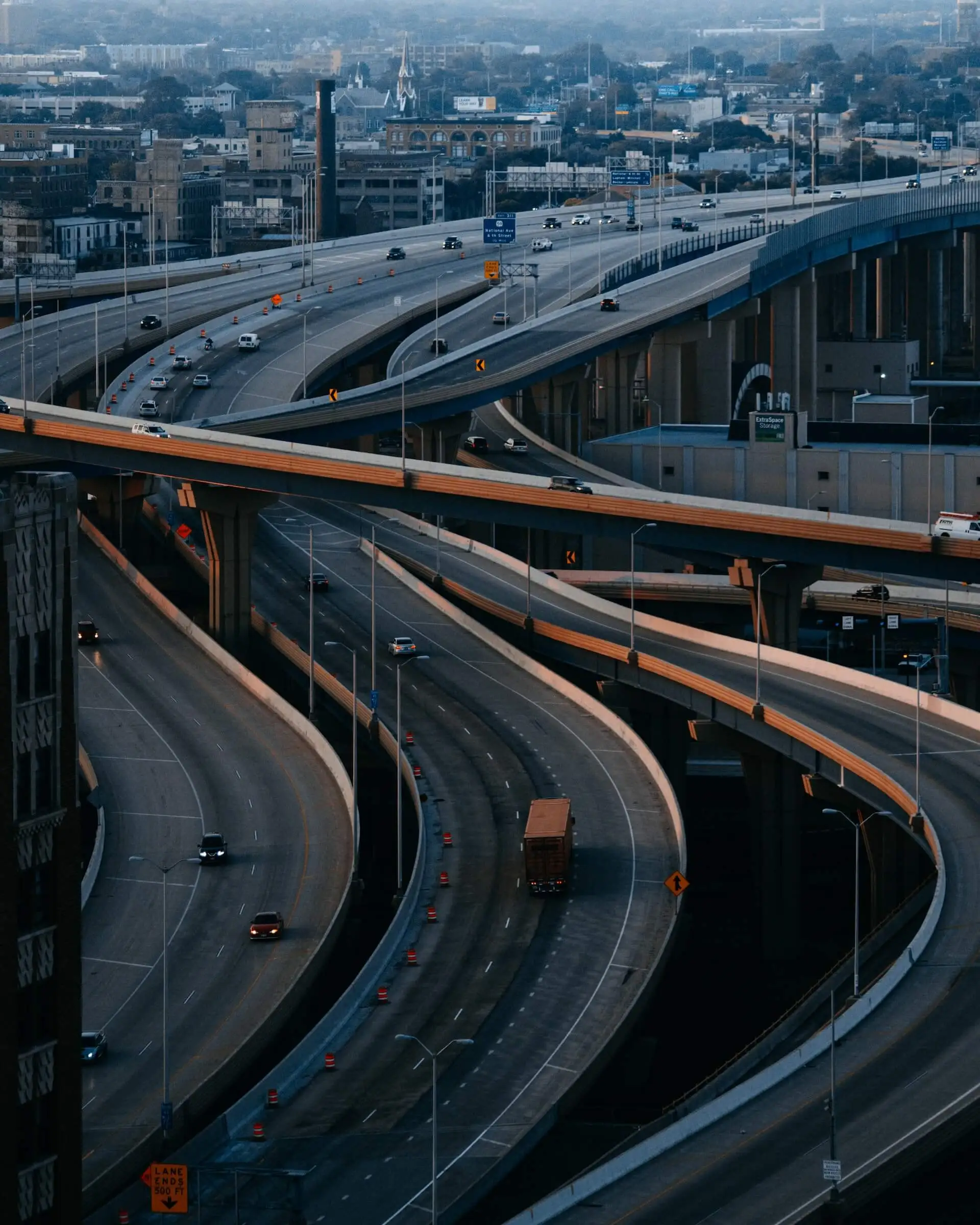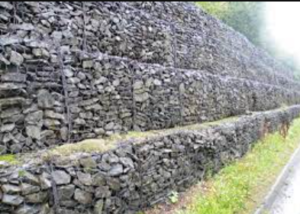Slope Protection in Pilibhit, Uttar Pradesh: A Geosynthetics Case Study by Ocean Non Wovens
Project Location: Pilibhit, Uttar Pradesh
Product Used: Ocean HDPE Liner – 1000 Micron
Quantity: 13,200 SQM
Application: Slope Protection
Table of Contents
Introduction: Why Slope Protection Matters
In areas with undulating terrain or significant elevation differences, slope protection plays a critical role in preventing soil erosion, landslides, and surface instability. These challenges are particularly amplified during heavy monsoons or high groundwater flow, where unprotected slopes can lead to dangerous environmental and structural consequences.
With infrastructure expanding rapidly across India, ensuring the long-term stability of slopes near highways, reservoirs, canals, and industrial zones has become a national priority. According to a report by the Central Road Research Institute (CRRI), over 30% of road damages in hilly regions are linked to inadequate slope stabilization (CRRI, 2022).
Project Overview: Pilibhit, Uttar Pradesh
Pilibhit, located in the Terai region of Uttar Pradesh, is an area characterized by rich soil but vulnerable terrain, especially during the monsoon. In 2024, a critical infrastructure development required slope reinforcement to prevent landslides and erosion that could compromise both local ecology and engineering integrity.
The project team needed a high-performance geosynthetic solution to ensure both immediate stability and long-term protection—without resorting to high-maintenance traditional methods like stone pitching or concrete blocks.
Our Solution: Ocean HDPE Liner – 1000 Micron
Ocean Non Wovens was entrusted with the responsibility to supply and install 13,200 SQM of Ocean HDPE Liner – 1000 Micron for this project. Known for its durability, chemical resistance, and UV stability, the 1000-micron thickness liner was chosen due to the following key characteristics:
1. Excellent Puncture and Tear Resistance
The 1000-micron thickness ensures a high degree of mechanical strength. Unlike thinner membranes, this liner can withstand the pressure and movement from the overlying soil layers on sloped terrain.
2. Long-Term UV Resistance
UV exposure is a significant factor in liner degradation, especially in open-slope applications. Our HDPE liners are UV-stabilized, offering superior longevity in exposed conditions, supported by ASTM D4355 testing standards.
3. Low Permeability
With a permeability coefficient of <1 x 10^-13 cm/s, the HDPE liner acts as a barrier to water infiltration, reducing internal erosion (piping) and maintaining slope integrity.
4. Chemical Resistance
Given the agricultural surroundings of Pilibhit, exposure to fertilizers and runoff was a concern. HDPE’s high chemical resistance made it the ideal choice to withstand aggressive leachates and maintain performance over time.
Why Geosynthetics for Slope Protection?
Traditional methods like rip-rap, gabion mattresses, and concrete slabs are labor-intensive, costly, and often less adaptable to natural terrain. Geosynthetics like HDPE liners offer a cost-effective and time-saving alternative, delivering high performance with lower environmental impact.
According to the International Geosynthetics Society (IGS), slope protection with HDPE liners has been shown to reduce erosion by up to 75% compared to unprotected slopes, particularly in areas with high rainfall or water table levels (IGS Technical Brief, 2023).
Installation Strategy & Challenges
Our team followed a meticulous site preparation and liner installation process:
- Site Grading and Compaction: Proper surface preparation ensured smooth placement and avoided stress concentrations.
- Anchoring at Crest and Toe: Anchoring trenches were created to lock the liner in place, a step many installers overlook, which can later lead to liner slippage or ballooning.
- Seam Welding: State-of-the-art hot wedge welding equipment was used to ensure leak-proof joints. We conducted air pressure testing on 10% of seams—a step that’s often neglected but critical to quality assurance.
- Protective Cover Layer: A thin soil layer was placed above the liner to protect against mechanical damage and improve UV resilience further.
What Most Companies Don’t Tell You
While many suppliers focus on liner strength and price, few discuss the importance of compatibility testing with local soil and runoff, which we conducted as part of our pre-installation site study. This helped ensure that the chosen material was not just durable, but chemically and biologically stable in the project’s unique conditions.
Moreover, a Post-Installation Monitoring Plan was suggested to the client, emphasizing the importance of periodic inspections—a practice that significantly improves long-term slope performance but is rarely offered by manufacturers.
Outcome & Performance
Since completion, the slope in Pilibhit has withstood two monsoon seasons without visible signs of erosion or surface instability. The HDPE liner continues to perform excellently, reflecting our emphasis on product quality, expert installation, and long-term sustainability.
The project is now considered a model for cost-effective and efficient slope stabilization in northern India.
About Ocean Non Wovens
At Ocean Non Wovens, we are not just geosynthetics manufacturers—we are solution providers. From geomembranes and geotextiles to geogrids and erosion control systems, our products are engineered with precision and proven across challenging environments. We’ve empowered over 200+ infrastructure projects across India with our advanced materials and expert guidance.
Whether it’s protecting slopes, lining landfills, or reinforcing roads, our geosynthetics solutions are built to last. If you’re planning a civil, environmental, or infrastructure project that demands performance, reliability, and cost-efficiency—connect with Ocean Non Wovens today.
📞 Contact us now to discuss your slope protection or geosynthetics requirement. Let’s build a safer tomorrow, together.



